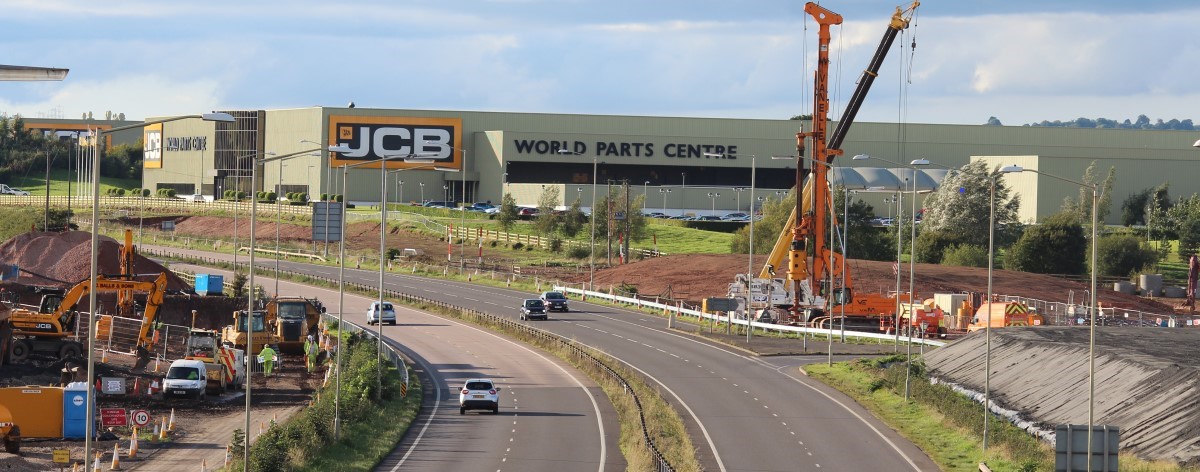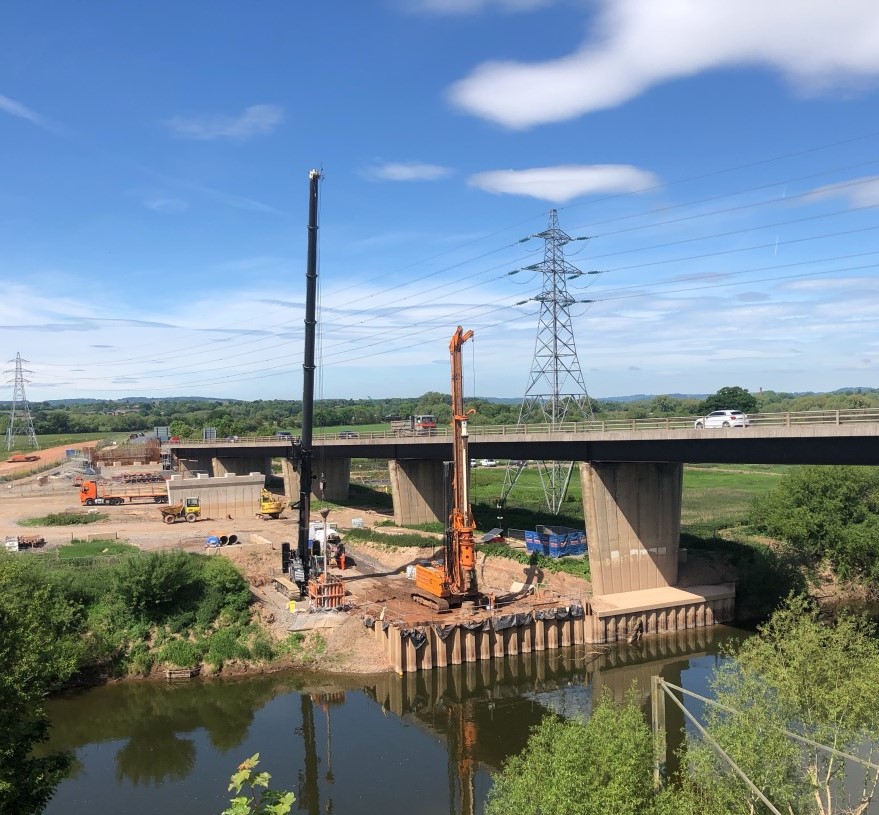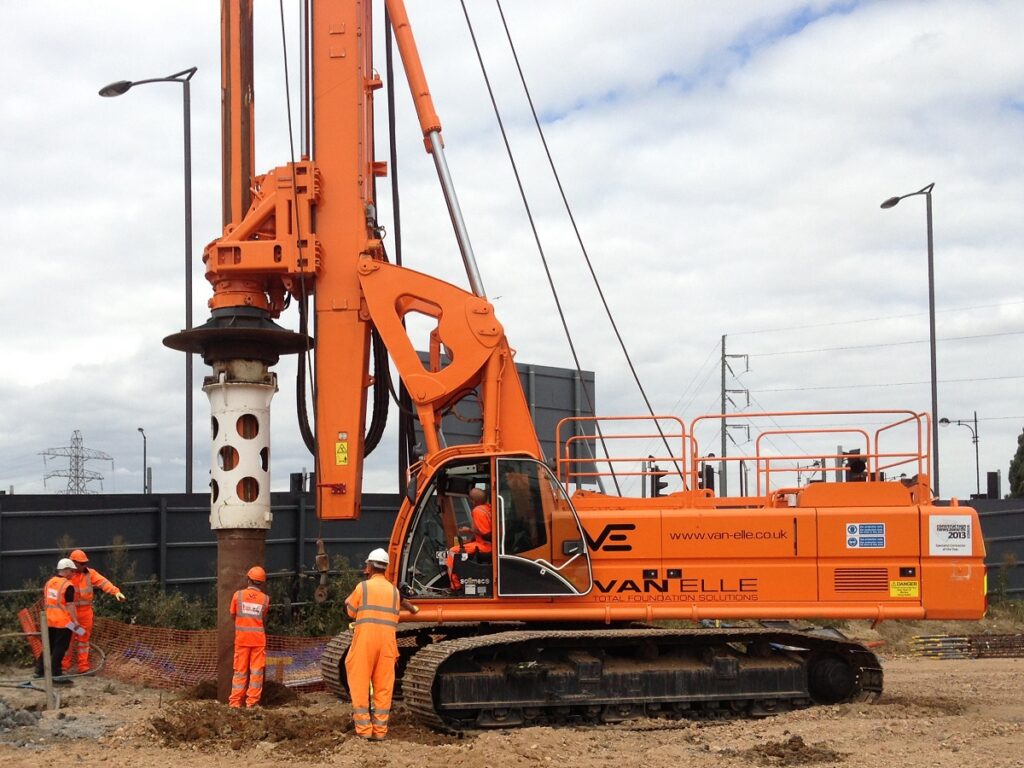Rotary bored piles are installed using specially designed digging tools to install piles in highly variable and challenging ground conditions.
What is rotary bored piling used for?
Rotary Bored (or Bored Cast-in-Place) piles are installed using specialist digging tools and bore support equipment / materials. The pile construction, involves progressive soil removal and may require support fluid, or temporary / permanent casing solutions depending on ground stability.
This method is very flexible and, with the right combination of plant, equipment, and materials, can construct piles in most ground conditions.
This method is often used where there are requirements for high structural loads, resulting in deep piles with a large diameter. For this reason, the method is also sometimes referred to as Large Diameter Piling (LDP).
Key capabilities:
- Rig loadings: 35–100 tonnes
- Pile diameter: 600–2100mm
- Maximum depth: 70m
- Working load: 400–25,000kN


